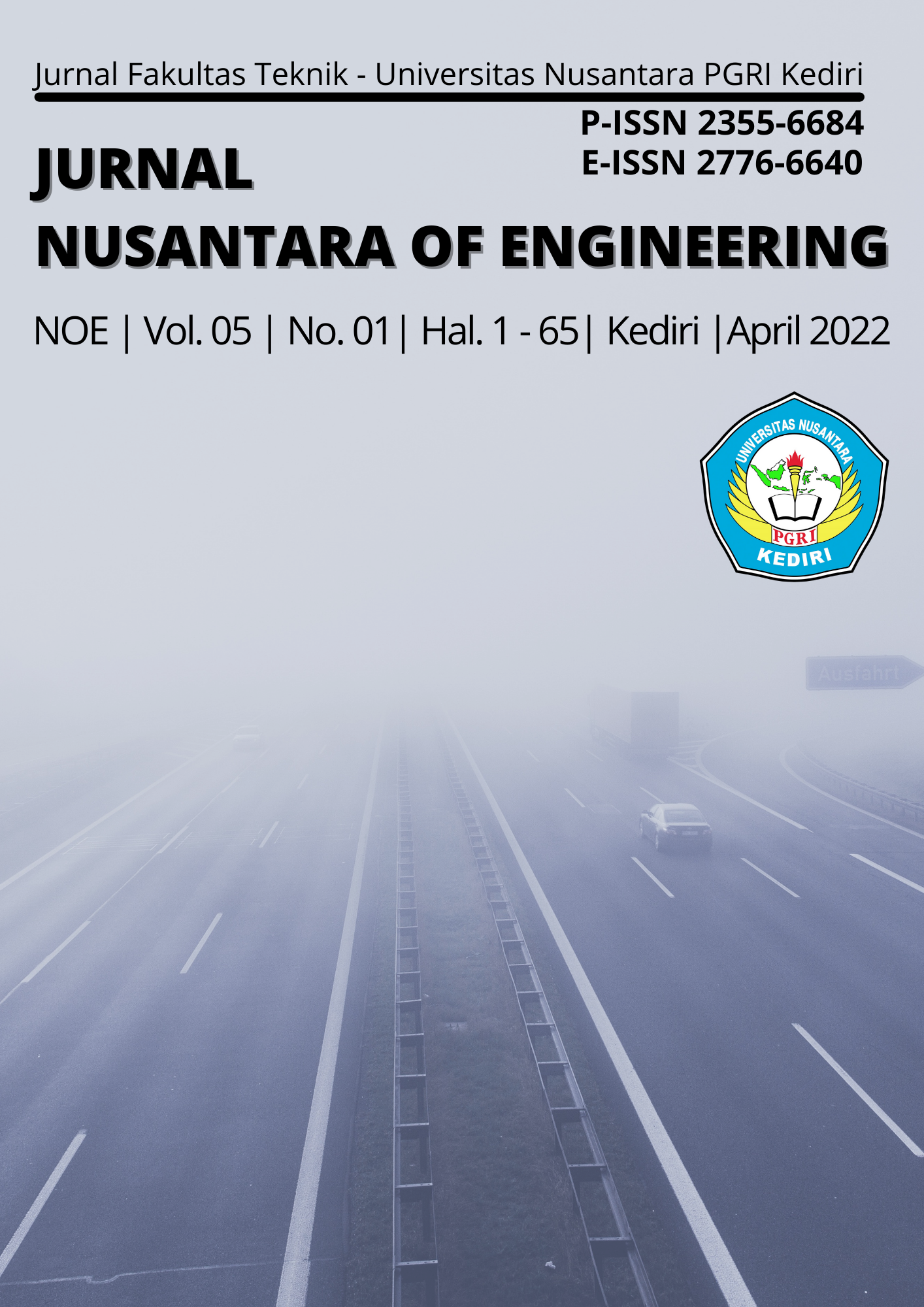The Effectiveness of the Arduino Nano Based Automatic Glass Washer (PILOT)
DOI:
https://doi.org/10.29407/noe.v5i1.16769Keywords:
glass washer, arduino nanoAbstract
Washing glass in large quantities will definitely be tiring and take a long time, the author tries to develop an Arduino Nano-based automatic glass washer (PILOT). In addition to being useful in the culinary industry, it is also useful in the household, especially helping to ease the task of housewives. The purpose of this study is (1) to compare how fast the PILOT glass washing tool is with manual washing (2) to find out how effective the PILOT automatic glass washing tool is with manual glass washing. This research uses quantitative research type. Quantitative Research Methods, namely research methods used to examine certain populations or samples, data collection using quantitative/statistical data analysis. Based on the results of testing on glass washers using the PILOT tool, it can be concluded that: (1) the speed of the PILOT tool in washing glass is superior to manual washing. (2) the washing speed based on the type of stain on the PILOT tool is more effective than manual washing (3) the results of data collection using the PILOT automatic glass washer questionnaire reached an average of 80% while the average results from manual glass washing reached 80%. With the same value results, but the PILOT tool is more superior because its use can automatically make it easier for users to wash glasses and save more energy, especially washing glasses in large quantities.
Downloads
References
Aziz Kurnianto.I. (2009). Rancang Bangun Alat Pencuci Piring Berbasis Mikrocotroller. Fakultas Matematika dan Ilmu Pengetahuan Alam. Universitas Indonesia.
Farieddudin Irsyad S. (2016). Rancang Bangun Pencucian Gelas Secara Otomatis.Fakultas Teknik Universitas Airlangga. http://repository.unair.ac.id/54793/
Gizmo Highway.(2020). The History of Dishwasher. https://www.gizmohighway.com/home-tech/the-history-of-the-dishwasher.htm
Hananto Tri. (2009). Pentgaruh Penggunaan Alat Praktik Terhadap Prestasi Belajar Kelistrikan Siswa Otomotif Siswa Kelas II Program Mesin Otomotif SMK Sakti GemolongTahun Ajaran 2008/2009. Fakultas Keguruan Dan Ilmu Pendidikan. Universitas Sebelas Maret Surakarta.
Iqbal Hasan.M. (2002) Pokok-Pokok Materi Statistik II. Jakarta: Bumi Aksara.
Moleong, L. J. P. D. M. A. (2000). (2018). Pengaruh reward and punishment terhadap motivasi belajar siswa di SMA Pasundan 3 Bandung. Metode Penelitian, 1(2006). http://repository.unpas.ac.id/30307/4/bab 3.pdf
Prastyo., E. A. (2019). Arduino Nano. https://www.arduinoindonesia.id/2019/01/arduino-nano.html?m=1
Sugiyono. (2011). Metode Penelitian Kuantitatif Kualitatif dan R&D. Bandung: CV Alfabeta
Suharsimi Arikunto. (2002). Prosedur Penelitian. Jakarta: Rineka.
Thomas Priyasmanu&M.Hari Agustiyono. (2013). Perancangan Alat Pencuci Gelas Semi otomats Dengan Prinsip Ergonomi.Fakultas Teknik Industri. Institut Teknologi Nasional Malang
Downloads
Published
Issue
Section
License
Authors who publish with this journal agree to the following terms:
- Copyright on any article is retained by the author(s).
- The author grants the journal, right of first publication with the work simultaneously licensed under a Creative Commons Attribution License that allows others to share the work with an acknowledgment of the work’s authorship and initial publication in this journal.
- Authors are able to enter into separate, additional contractual arrangements for the non-exclusive distribution of the journal’s published version of the work (e.g., post it to an institutional repository or publish it in a book), with an acknowledgment of its initial publication in this journal.
- Authors are permitted and encouraged to post their work online (e.g., in institutional repositories or on their website) prior to and during the submission process, as it can lead to productive exchanges, as well as earlier and greater citation of published work.
- The article and any associated published material is distributed under the Creative Commons Attribution-ShareAlike 4.0 International License








